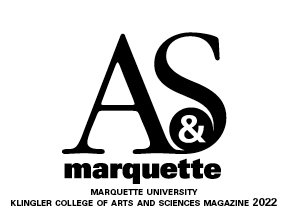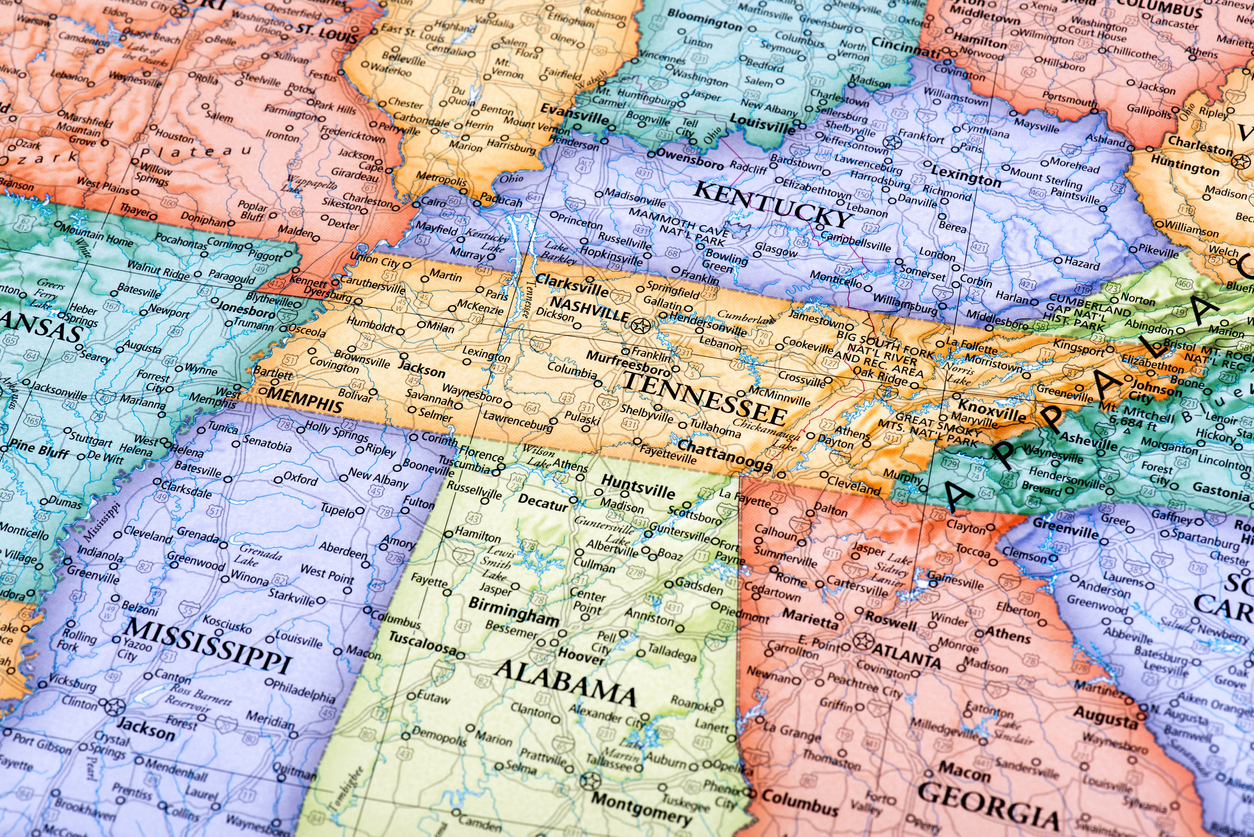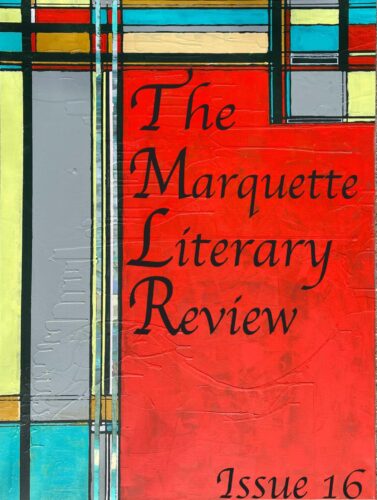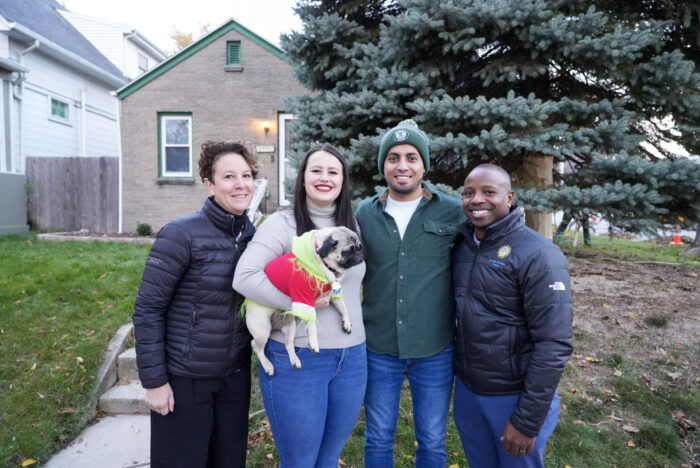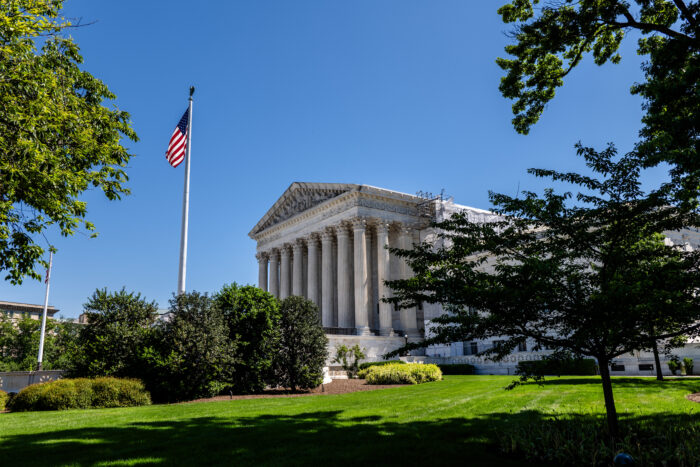To experience the quest for racial justice in America, the Center for Peacemaking takes students on a pilgrimage to revered cultural sites of the civil rights movement.
To stand in the place where Dr. Martin Luther King, Jr., was assassinated or where four Black children were killed in the 16th Street Baptist Church bombing is to be immersed in a significant chapter of America’s history. This is the idea behind Marquette’s Center for Peacemaking’s donor-supported weeklong pilgrimage traversing the U.S. South to learn about the civil rights movement.
When embarking on the Civil Rights Pilgrimage, students visited museums, churches and memorials that tell the stories of the fight for racial justice in America. They used reflection, journaling, group prayer and community-building to process these experiences. Dr. Cedric Burrows, associate professor of English, proposed the idea of the pilgrimage based on his own extensive research into the civil rights movement.
“These places tell a story,” Burrows says. “The pilgrimage allows students to experience a lot of things they’d only read about, especially in the Deep South.”
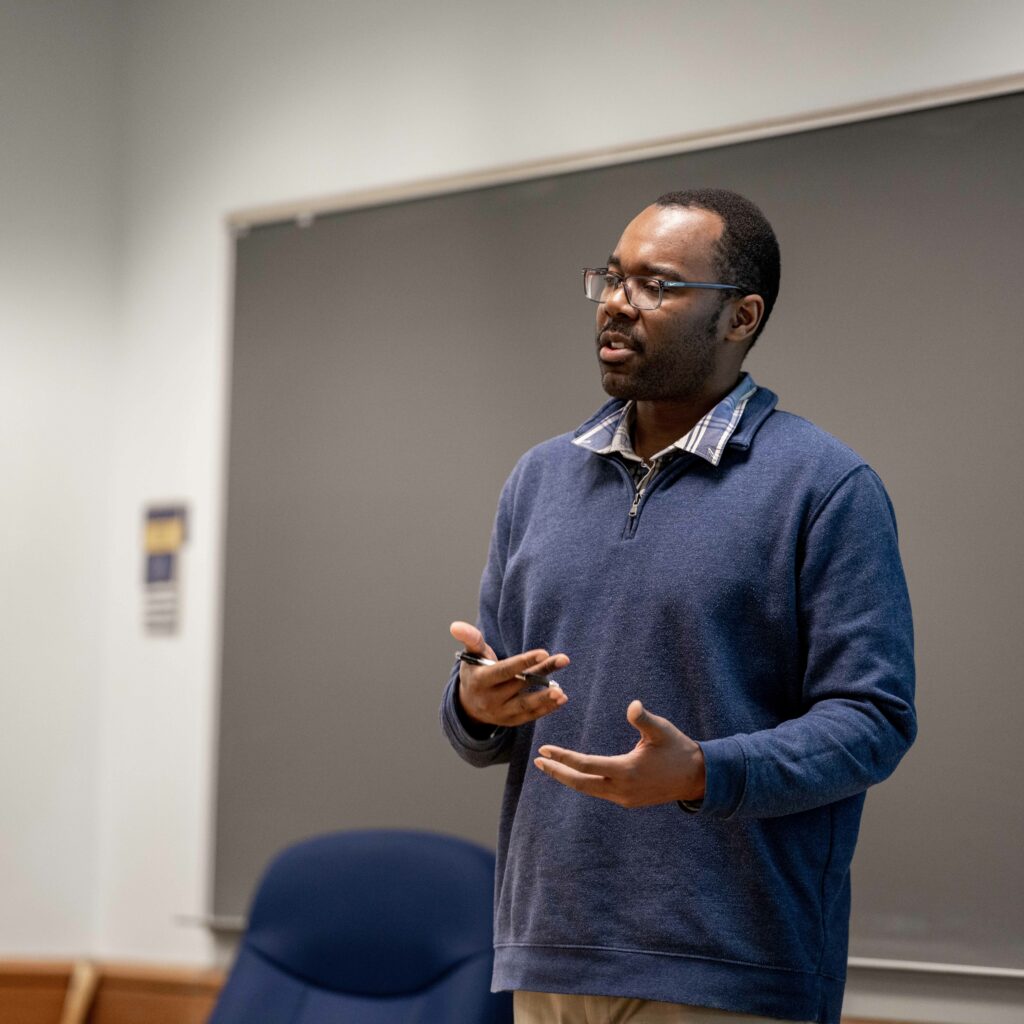
The pilgrimage is designed to challenge students’ understanding of the South and of Blackness in America. So much of American history paints Black people as victims of racial violence, Burrows points out. But Black communities have never been passive in their plight. By observing the places — such as the Lorraine Motel where King was assassinated and Bryant’s Grocery where Emmett Till’s story began — students learn that from tragedy, stories of perseverance, resilience and community are made.
Fifteen students participated in this first pilgrimage, and Burrows hopes even more will journey with him next time. While traveling in the South, some students were concerned about racism. It was enlightening for them to discover how friendly communities in Tennessee or Alabama could be. “Sometimes we read about things, and we forget there are people who live there,” Burrows says. “But the constant here is that there’s a human aspect to every story.”
“We need our past to enhance our present. … The trip really connects the notion of history is important and vital to keeping our communities thriving,” says participant Saúl López, Arts ’19, Grad ’20, an educational policy and leadership doctoral student.
While the pilgrimage is formulated to show how major moments in the movement were geographically close, it also reveals how the South is evolving. In some places, Confederate statues may exist down the street from a lynching memorial or Black history museum. These conflicting narratives reflect how a community is educating itself on its past and designing a different future.
Burrows hopes students can reflect on what they observe and use that knowledge to pursue any racial justice activism from a place of understanding and openness. “What you’ve read or heard about a person or place may not be the reality,” Burrows says. That’s why it’s essential to “not make what you think is the truth your reality. You have to be willing to learn from and listen to other people.”
